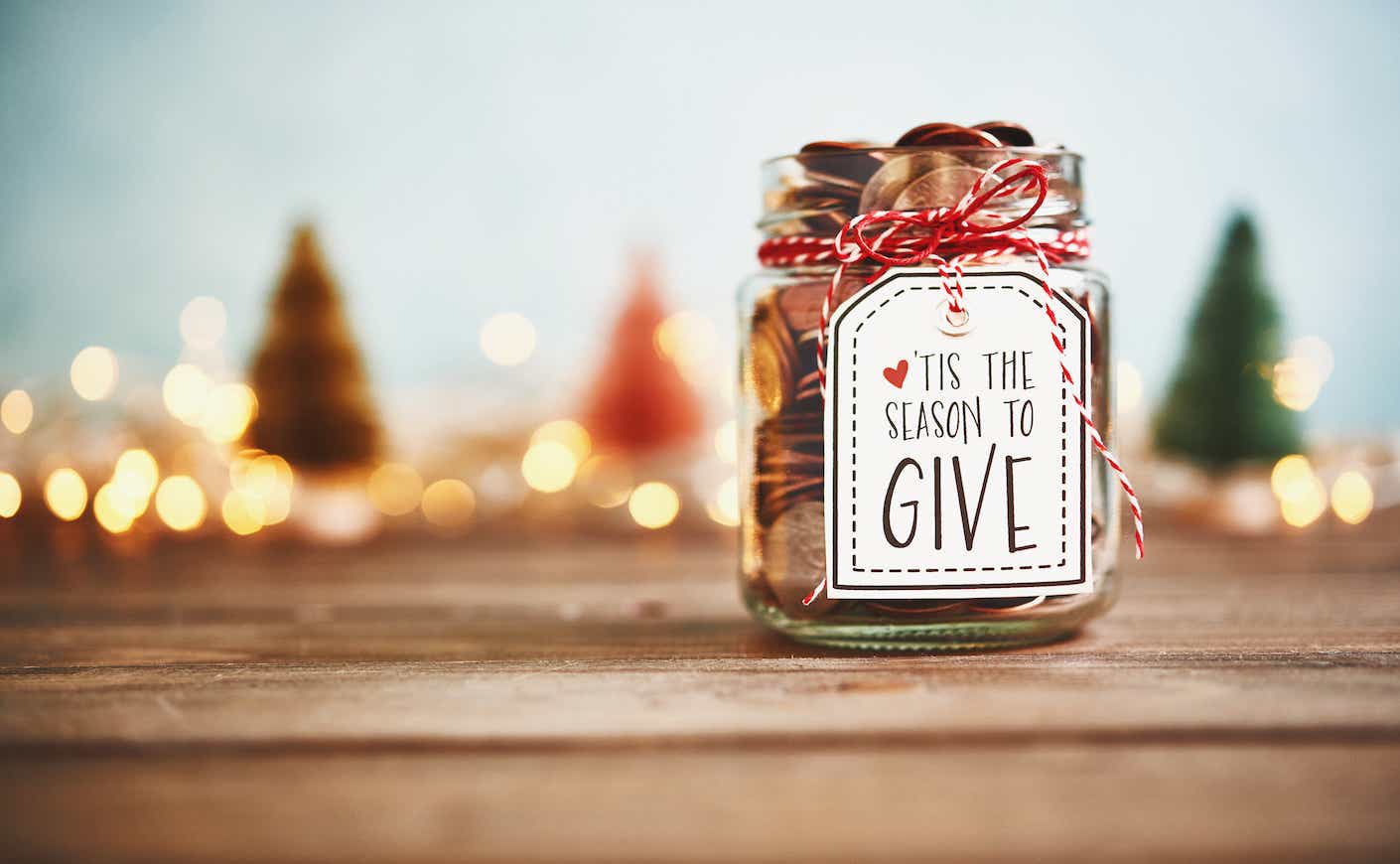I was raised Ukrainian Catholic by hard-working immigrant parents. Christmas was a big deal in my childhood home, but not in the way many American families celebrate the holiday. It wasn’t about copious presents or Home Alone; we embraced the holiday mostly from a religious and culinary perspective. Christmas gifts were never lavish, and I understood from an early age that my wish list for Santa had to be brief and reasonable. The modest celebrations of my childhood helped me appreciate the things I did receive and focus on the comfort and joy of our holiday traditions: cooking, welcoming carolers, decorating the tree, and being with family.
When I married my husband and we decided to raise a Jewish family, I grieved the loss of Christmas for a bit, but then fully embraced Hanukkah as an opportunity to create new traditions and warm memories for our children. The one thing I couldn’t support was eight nights of gifts. It seemed excessive, and I worried that it would detract from creating other, more impactful holiday traditions like spreading joy to others.
Since my kids were very young, I’ve been passionate about introducing them to age-appropriate volunteering. I understood intuitively (as most parents do) that the key to raising kind, compassionate, grateful, and grounded kids is to encourage them to recognize the needs of others and find ways to help. We don’t wait to start reading to our children, why wait to start volunteering with them? I made it my mission to find opportunities for our family to give back to our community whenever we had the chance. A big part of this effort involved creating family service traditions around holidays and milestones. In my experience, the easiest way to find time for service in hectic schedules is to incorporate it into things you are already doing. Sharing the joy of your special occasions elevates every celebration, creating memories that last a lifetime.
Raising my kids, each night of Hanukkah was marked by some special endeavor with a giving element, but I made sure that some of the eight nights didn’t involve receiving gifts at all. One night we’d bake cookies for our elderly, ill, or home-bound neighbors and deliver them. Another night we would shop for a child or family we’d “adopted” for the holidays through programs like Operation Santa through the US Postal Service or Stockings With Care. While I prepared a festive meal, I encouraged my family to write thank you notes to the postal carrier and maintenance staff in our apartment building.
We always made time to visit an elderly couple — Mr. and Mrs. Schwartz — through a senior services organization in our community. I knew that this tradition was making a difference for my children soon after we made our inaugural visit, when, each year at the start of Hanukkah, they started excitedly asking which night we were scheduled to make our visit to the Schwartzes. They understood that Mr. and Mrs. Schwartz were counting on us and looking forward to our time together, playing dreidel, lighting candles, and singing songs. My kids still reminisce about these special memories, experiences, and connections, rather than the toys they might have received (and quickly forgotten) on any given holiday. All of these activities and more can become a part of your holiday preparations and celebrations, and will certainly make the season more meaningful.
Most families are inspired to help others around the “giving” holidays in December but it’s important to remember that people struggle with myriad issues — hunger, homelessness, poverty, and illness — every day of the year. Many national and religious holidays, sprinkled throughout the calendar, are slam-dunk opportunities to volunteer. The Martin Luther King, Jr. Day of Service in January, Giving Tuesday in November, and the 9/11 National Day of Service and Remembrance in September are nationally recognized days of service and provide many community-based volunteer opportunities. Valentine’s Day is a perfect chance to spread love and companionship to those who are lonely or isolated, particularly the elderly, through programs like Love For Our Elders. Veteran’s Day and Independence Day remind us to show support and gratitude to our active-duty military, veterans, and their families who have sacrificed so much for our freedom and safety. Any day designated to honor others is a convenient time to give back — package supplies for parents in need on Mother’s Day or Father’s Day, for example. And once you get a taste for how rewarding giving back feels, don’t be surprised if you find yourself celebrating personal milestones with charity work, too.
It doesn’t matter what your service traditions are, the most important thing is to begin to engage in them, and then do them consistently, year after year. Your family members likely won’t remember a specific gift they received on any given holiday, but they will remember the warm memories that were made when you were volunteering together and the good feelings they experienced while doing good for others. Most importantly, these shared experiences will keep you connected to each other, and to your community, throughout the year.
Natalie Silverstein, MPH, is a writer, speaker, nonprofit founder, and passionate advocate for family and youth service. She is the author of two books on volunteering, Simple Acts: The Busy Family’s Guide to Giving Back and Simple Acts: The Busy Teen’s Guide to Making a Difference, and the host of the award-winning podcast, Simple Acts, Big Impact: Celebrating Teen Changemakers. Follow her on Instagram and Facebook at @simpleactsguide.













